 Image 1 of 4
Image 1 of 4

 Image 2 of 4
Image 2 of 4

 Image 3 of 4
Image 3 of 4

 Image 4 of 4
Image 4 of 4





Regulator by French Royal Exchange
A very fine regulator made by the firm of French Royal Exchange, the eight day movement with Harrison’s maintaining power and deadbeat escapement, is beautifully made with turned doric pillars and water of air patterned front and back plates. The pendulum has a wooden rod that has been gilded, to prevent expansion for precision timekeeping with a brass bound weight. The silvered observatory dial is crisply engraved with blued steel hands and numbered 972. The restrained mahogany case is in excellent condition with an arched top that has an access panel at the top.
In 1839 John Moore French, his sons John and William French established the firm known as 'The City Observatory' which was located at Cornhill in the City of London. They operated a Standard Time Ball controlled by a telegraph signal from Greenwich and specialized in the making of chronometers. They were in business at 9 Royal Exchange until 1875, examples of their work can be found in the Royal Collections.
The firm of French Royal Exchange were a renowned family of watch and chronometer makers who occasionally made long case clocks the were established in 1810, this clock dates from the 1850’s.
201cm H x 56cm W x 33cm D
A very fine regulator made by the firm of French Royal Exchange, the eight day movement with Harrison’s maintaining power and deadbeat escapement, is beautifully made with turned doric pillars and water of air patterned front and back plates. The pendulum has a wooden rod that has been gilded, to prevent expansion for precision timekeeping with a brass bound weight. The silvered observatory dial is crisply engraved with blued steel hands and numbered 972. The restrained mahogany case is in excellent condition with an arched top that has an access panel at the top.
In 1839 John Moore French, his sons John and William French established the firm known as 'The City Observatory' which was located at Cornhill in the City of London. They operated a Standard Time Ball controlled by a telegraph signal from Greenwich and specialized in the making of chronometers. They were in business at 9 Royal Exchange until 1875, examples of their work can be found in the Royal Collections.
The firm of French Royal Exchange were a renowned family of watch and chronometer makers who occasionally made long case clocks the were established in 1810, this clock dates from the 1850’s.
201cm H x 56cm W x 33cm D
A very fine regulator made by the firm of French Royal Exchange, the eight day movement with Harrison’s maintaining power and deadbeat escapement, is beautifully made with turned doric pillars and water of air patterned front and back plates. The pendulum has a wooden rod that has been gilded, to prevent expansion for precision timekeeping with a brass bound weight. The silvered observatory dial is crisply engraved with blued steel hands and numbered 972. The restrained mahogany case is in excellent condition with an arched top that has an access panel at the top.
In 1839 John Moore French, his sons John and William French established the firm known as 'The City Observatory' which was located at Cornhill in the City of London. They operated a Standard Time Ball controlled by a telegraph signal from Greenwich and specialized in the making of chronometers. They were in business at 9 Royal Exchange until 1875, examples of their work can be found in the Royal Collections.
The firm of French Royal Exchange were a renowned family of watch and chronometer makers who occasionally made long case clocks the were established in 1810, this clock dates from the 1850’s.
201cm H x 56cm W x 33cm D
